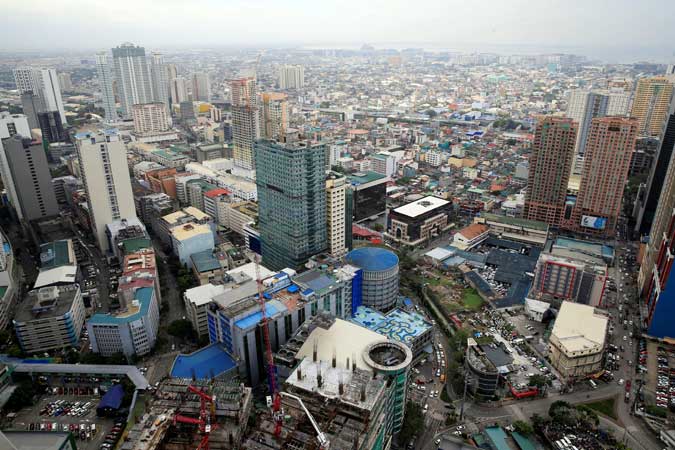Banks keep stricter credit standards in Q1

MOST BANKS maintained stringent lending standards in the first quarter, but there are signs these may be further tightened due to the uncertain economic outlook, a survey by the Bangko Sentral ng Pilipinas (BSP) showed.
The latest Senior Bank Loan Officers’ Survey (SLOS) released by the BSP showed most respondent banks kept their lending standards for loans disbursed to both enterprises and households, based on the modal approach.
“In the survey, most of the respondents attributed their tightening of standards to the following factors: deterioration in profiles of borrowers, reduced tolerance for risk and also less favorable economic outlook,” BSP Department of Economic Research Director Dennis D. Lapid said at a virtual briefing.
Based on the diffusion index approach, the survey showed a net tightening of lenders’ credit standards in the January to March period, mirroring results in the fourth quarter of 2020.
Since the start of the coronavirus pandemic, SLOS results have shown overall credit standards have become stricter as banks became more risk averse.
Majority (66%) of surveyed banks maintained overall credit standards, based on the modal approach.
On the other hand, the diffusion index showed a net tightening of lending standards for all borrowers — ranging from top companies to microenterprises. This meant reduced credit line sizes; stricter collateral requirements and loan covenants; and increased use of interest rate floors.
Some forms of easing were also observed through narrower loan margins and longer loan maturities.
In terms of retail loans, the modal approach also showed 75% of respondent lenders left overall credit standards unchanged, the central bank said.
However, the diffusion index showed lenders’ credit standards for households generally tightened, reflected by lower credit line sizes and stricter loan agreements and collateral requirements. This was particularly evident in housing, auto, and personal or salary loans.
For the second quarter, banks are expecting to further tighten credit standards for businesses and households, based on the diffusion index approach.
The BSP said banks attributed this to the more uncertain economic outlook, the deterioration in borrowers’ profiles, and banks’ lower tolerance for risk.
BSP data showed outstanding loans by big banks continued to shrink for the third straight month in February by 2.7%, reflecting lenders’ risk aversion and lower demand from borrowers.
This contraction in lending also coincided with the rise of nonperforming loans. The NPL ratio reached 4.08% in February — the highest since the 4.09% in October 2009.
Despite indications of caution in lending, banks are bullish that loan demand will improve in the second quarter.
“Most of the respondent banks anticipate broadly steady overall loan demand from both enterprises and households indicating an optimistic view from firms and consumers amid the anticipated availability of the vaccine,” the central bank said.
The study found banks are expecting business loan demand to pick up due to improved outlook of corporate clients, along with higher financing needs from companies.
Retail loan demand is also expected to improve due to a rise in household consumption, lack of funds and higher housing investments.
The SLOS was conducted from March 1 to April 8. Questions were sent to a total of 64 banks, of which 51 or 79.7% responded. — L.W.T.Noble



